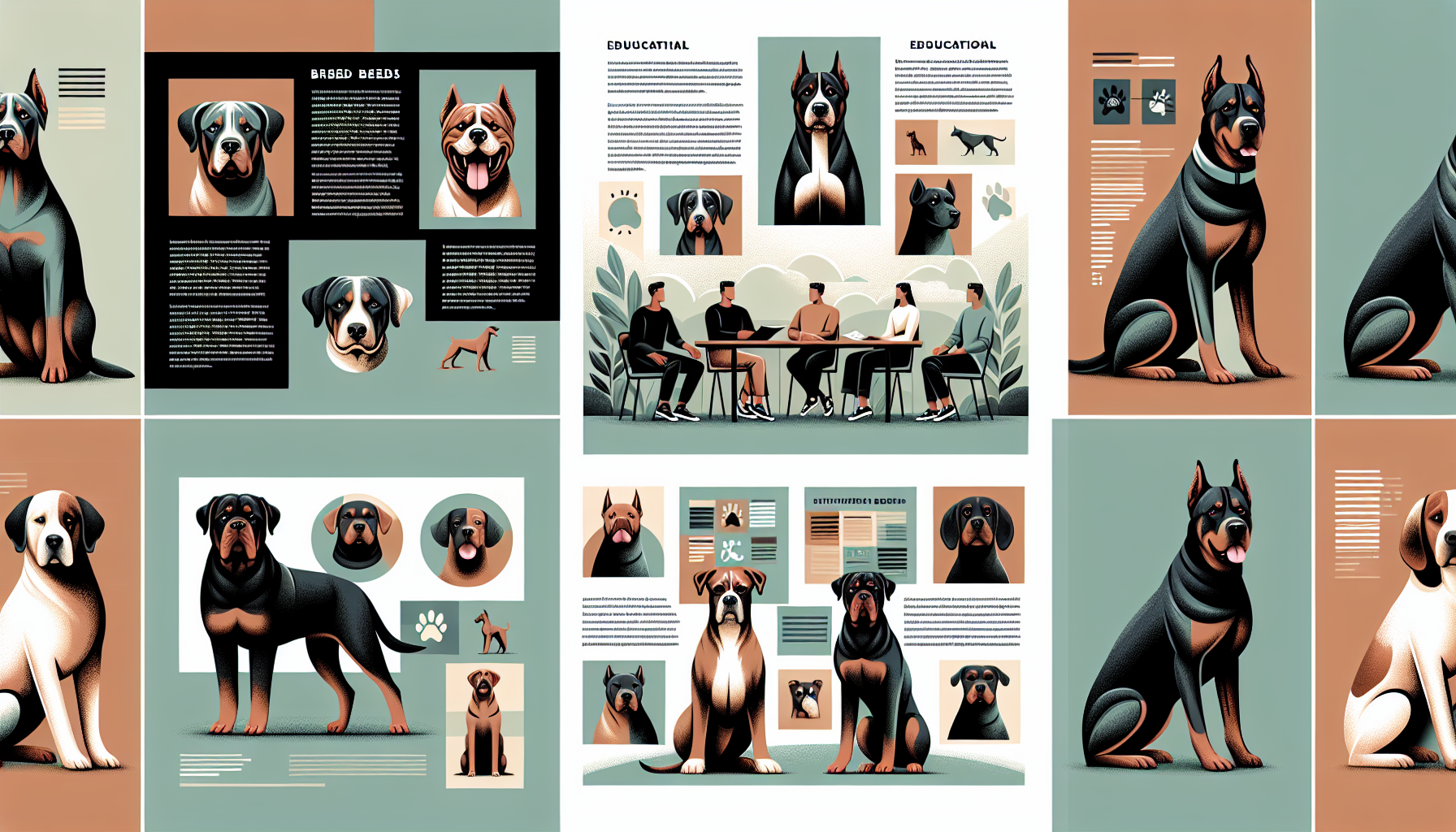- Empty cart.
- Continue Shopping
Dog Breeds with High-risk Factors Leading to Bans in India – Dangerous dog breeds

Dangerous dog breeds –
Dog Breeds with High-risk Factors Leading to Bans in India
Dogs have long been considered man’s best friend, offering companionship, loyalty, and protection. However, some dog breeds have inherent traits that can lead them to be more aggressive or unpredictable, resulting in dangerous situations. In many regions, including India, specific dog breeds are categorized as dangerous dog breeds, leading to restrictions or outright bans. This article explores these dog breeds and why they are considered high-risk, diving into their origins, behavioral tendencies, and factors contributing to incidents that have unfortunately led to bans in certain areas.
Understanding Dangerous Dog Breeds
Before diving into specific breeds, it’s vital to understand what makes a dog breed dangerous. Generally, dogs are labeled as dangerous due to:
- History of Aggression: Breeds known for aggressive behavior in the past.
- Physical Strength: Dogs that have significant physical strength and stature can cause more harm.
- Behavioral Instincts: Certain instinctive behaviors, like protection or hunting instincts, can lead a dog to behave unpredictably.
- Socialization Needs: Breeds that require extensive socialization and training to manage behavior effectively.
In countries like India, laws concerning dog breeds aim to protect the public from potential harm while ensuring humane treatment of these animals.

History and Legislation of Dangerous Dog Breeds in India
The history of restricting specific dog breeds in India has evolved alongside changes in public safety concerns and animal welfare standards. In many cases, these restrictions stem from domestic incidents, law enforcement reports, and international influence seen in regions with similar societal concerns.
India’s laws revolve around the Prevention of Cruelty to Animals Act, Penal Codes regarding animal bites, and local municipal laws that vary per region.
Dangerous dog breeds – Factors Influencing Decisions
- Public Safety: Concerns over dog attacks and bites lead local governments to impose bans.
- Breed Origin and History: The potential inherent aggressiveness found in the breed’s history or its typical behavior.
- Societal Perception: How the general public understands or perceives certain breeds.
Seven Dangerous Dog Breeds Banned in India
1. Pit Bull Terrier
Pit Bulls are well-known both for their affectionate nature toward humans and their historical use in dog fighting. They possess tremendous physical strength and tenacity. Unfortunately, their fighting genetics make them unpredictable, leading to bans in various parts of India.
- Origins: Initially bred in the early 19th century for bull-baiting and dog fighting.
- Characteristics: Pit Bulls are muscular, determined, and highly energetic.
- Considerations: Without adequate training and socialization, they can become dangerous.
2. Rottweiler
Rottweilers are known as excellent guard dogs due to their protective instincts and intelligence. However, their strength and distrust of strangers contribute to a high-risk ranking in India.
- Origins: Used as herd and guard dogs in Germany.
- Characteristics: Intelligent, strong-willed, and protective.
- Considerations: Require strong leadership and consistent training to manage.
3. American Bulldog
American Bulldogs are powerful and loyal, bred for farm work and protection duties. Their overly protective nature can sometimes misunderstand threats, leading to bans.
- Origins: Developed as working and catch dogs for livestock.
- Characteristics: Confident, independent, and protective.
- Considerations: Need firm structure and training to be predictable companions.
4. Dogo Argentino
The Dogo Argentino is a highly aggressive hunter used primarily in big-game hunting due to its strength and ferocious nature, which contribute to its classification as a dangerous dog breed in India.
- Origins: Bred for wild boar hunting in Argentina.
- Characteristics: Muscular, fearless, and assertive.
- Considerations: High prey drive requires disciplined training.
5. Japanese Tosa
The Japanese Tosa, or Tosa Inu, is a fierce fighting dog originating in Japan. Its competitive spirit and aggressive demeanor have led to restrictions in India.
- Origins: Developed for dog fighting in Japan.
- Characteristics: Courageous, intimidating, and loyal.
- Considerations: Require experienced handlers for proper behavior management.
6. Akita Inu
Akita Inu dogs are renowned for their fierce loyalty and caution toward strangers, a double-edged sword that sometimes translates into aggressive protectiveness.
- Origins: Bred for large game hunting and bear hunting in Japan.
- Characteristics: Dignified, aloof, and powerful.
- Considerations: Require socialization to control their protective instincts.
7. Boerboel
The Boerboel is a South African breed known for defending the home with vigor. Their overwhelming strength and territorial instincts necessitate proficient handling to avert danger.
- Origins: Bred to guard homesteads in South Africa.
- Characteristics: Confident, imposing, and loyal.
- Considerations: Early socialization and training are crucial.
Why These Breeds Are Labeled Dangerous dog breeds
Characteristics forming the basis of dangerous dog breed designations stem from:
- Size and Strength: Larger breeds with substantial muscle mass can inflict more serious injuries compared to smaller breeds.
- Natural Instincts: Breeds bred for protection, hunting, or fighting can revert to these instincts under stress.
- Socialization Issues: Dogs that are not socialized properly may not know how to interact safely with humans and other animals.
- Past Incidents: History of breed involvement in attacks or incidents influences their status.
Training and Management of Dangerous Dog Breeds
While some breeds inherently have riskier behaviors, constructive ownership can mitigate these risks. Effective methods include:
- Early Socialization: Introducing the dog to other people and animals from a young age is vital to inhibit aggression.
- Consistent Training: Setting firm boundaries and teaching basic obedience creates a predictable and reliable companion.
- Proper Exercise: High-energy breeds require ample exercise to reduce the likelihood of developing destructive behaviors.
- Experienced Handling: Owners who understand canine behavior are better equipped to manage difficult instincts.
Alternative Breed Considerations – Dangerous dog breeds
If you are considering dog ownership but are concerned about keeping a high-risk breed, many alternative breeds offer traits you may be interested in without the associated risk level.
- German Shepherds: Loyal and intelligent, suitable for protection and companionship.
- Labrador Retrievers: Friendly and easily trained, ideal as family pets.
- Golden Retrievers: Gentle and social, known for being great with children.
- Boxers: Energetic and playful, excellent for active households.
Conclusion – Dangerous dog breeds: Balanced Understanding and Ownership
It’s critical to appreciate that any dog, regardless of breed, can exhibit aggressive behaviors under particular circumstances. The perceived danger of specific breeds often overlooks the individual nature of dogs and the role that training, environment, and ownership style play in their behavior.
Dangerous dog breeds – Understanding the reasons behind legislation and being responsible with dog ownership is essential to balance community safety while respecting animal welfare. Ultimately, education, preparation, and informed choices can create safer and more harmonious interactions between people and dogs.
Discover Unbeatable Deals on Pet Accessories on Amazon!
Watch funny and cute dog videos!
Disclaimer: All images featured on this website are either sourced from free-to-use platforms, created by us, or used with permission. If you believe an image on this site violates copyright or your rights, please contact us, and we will address the issue promptly.

















